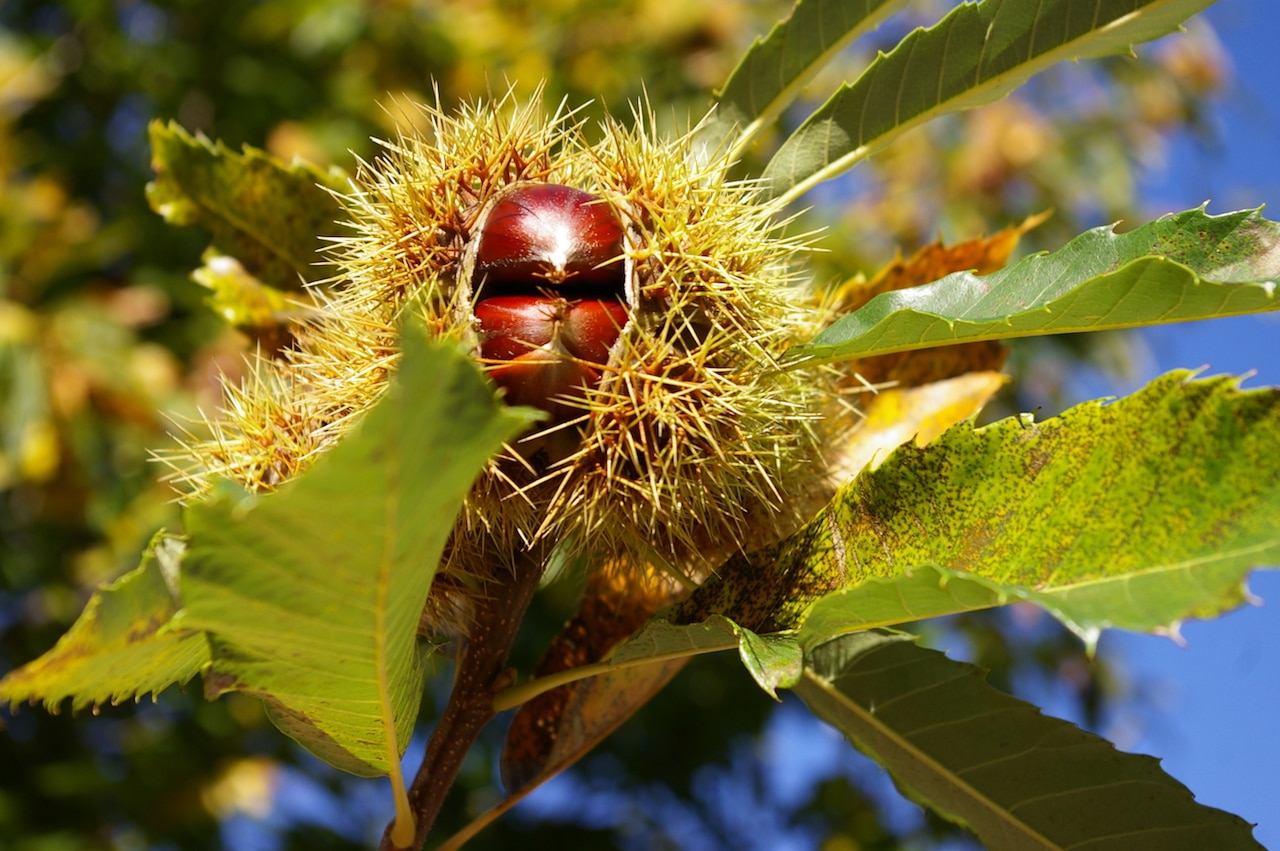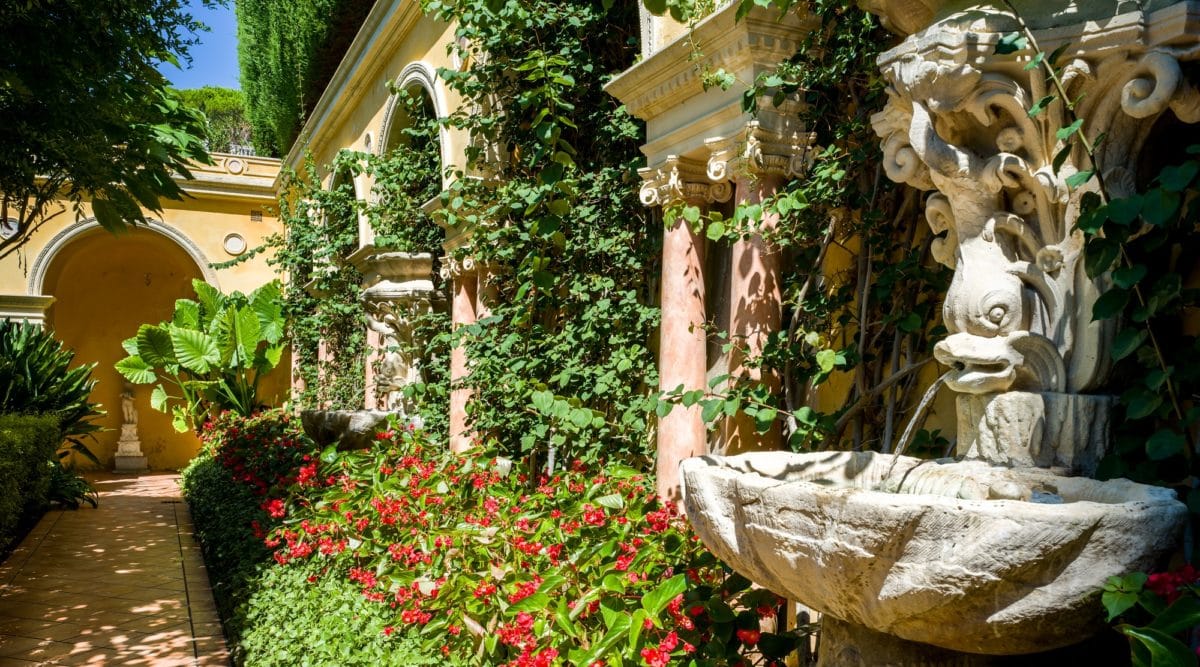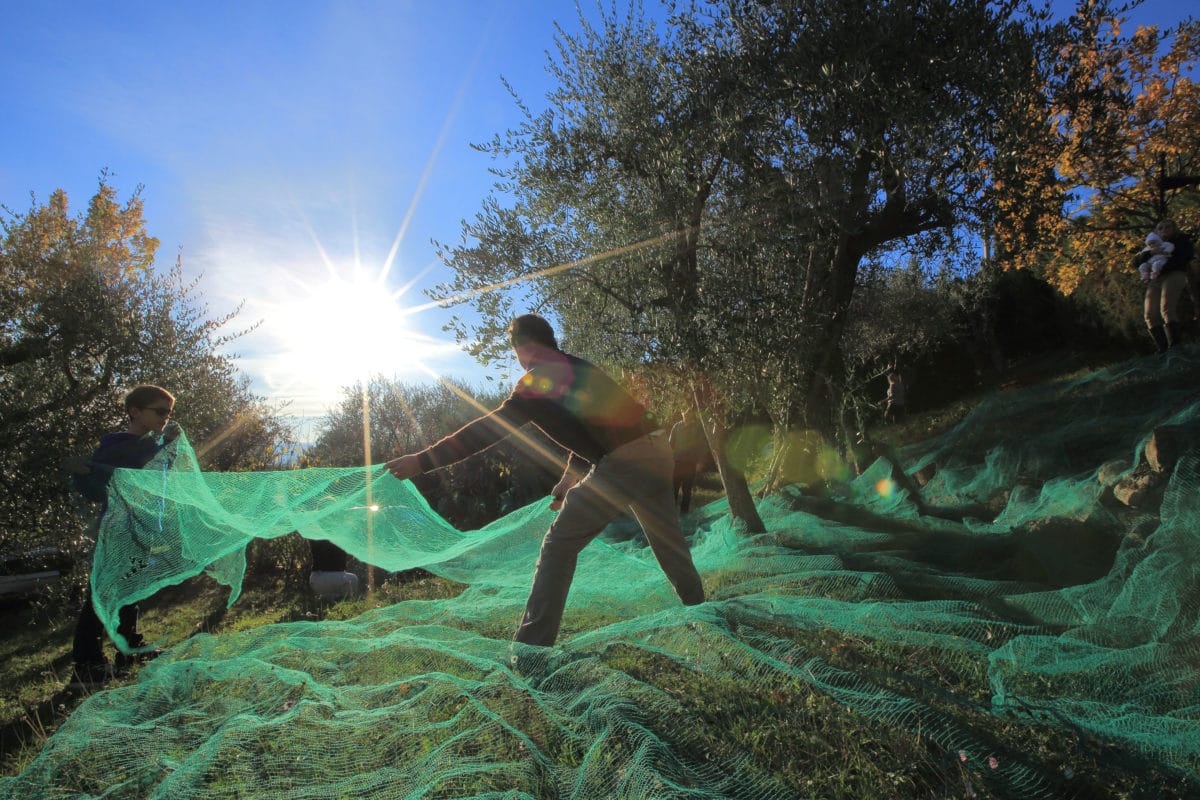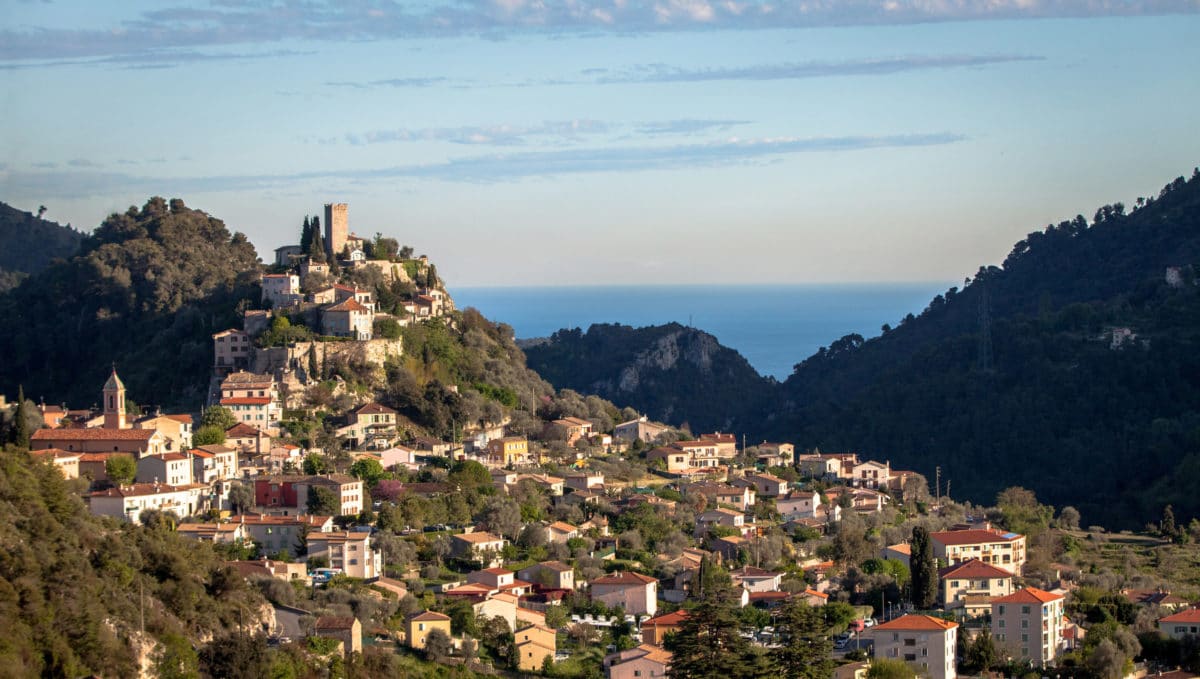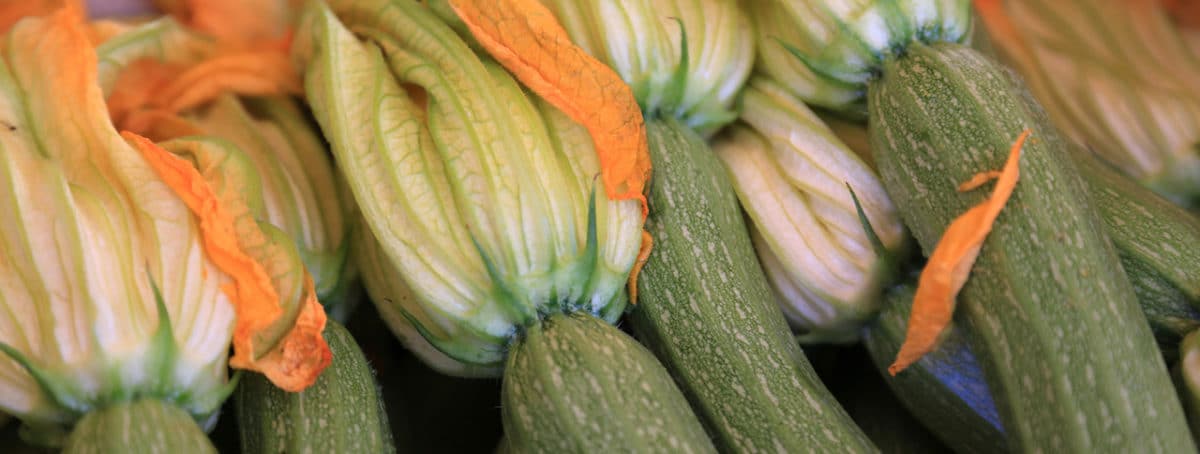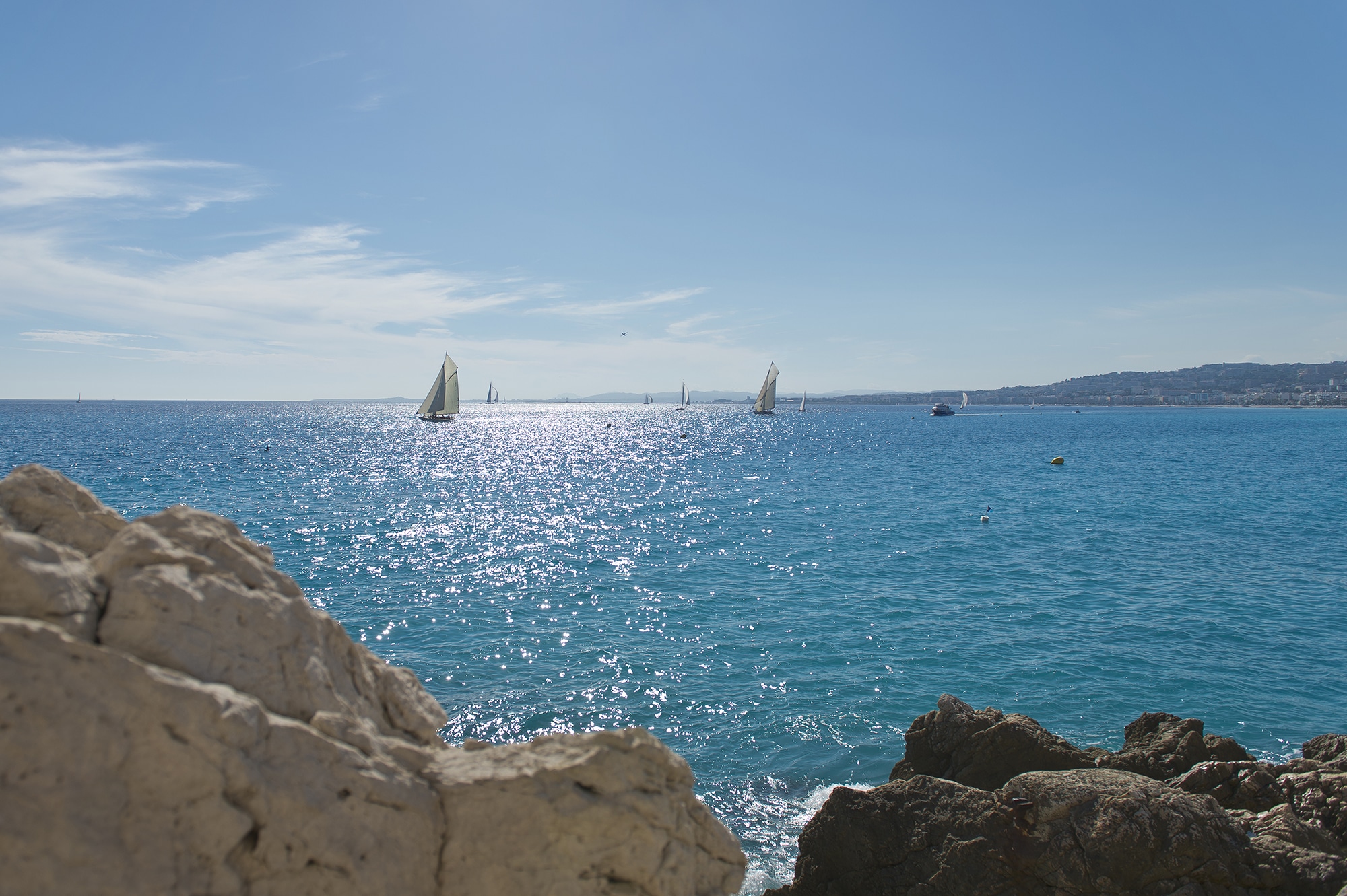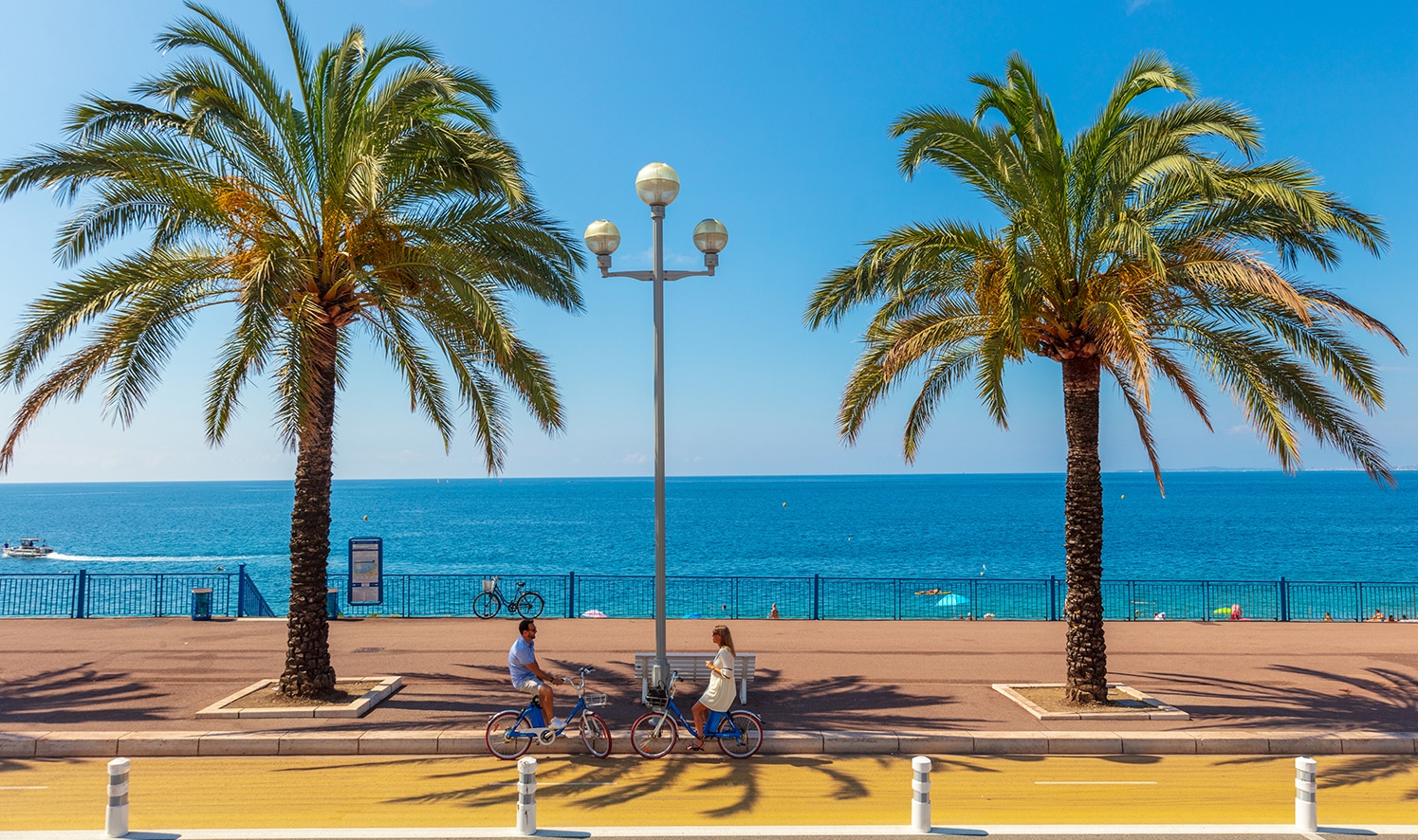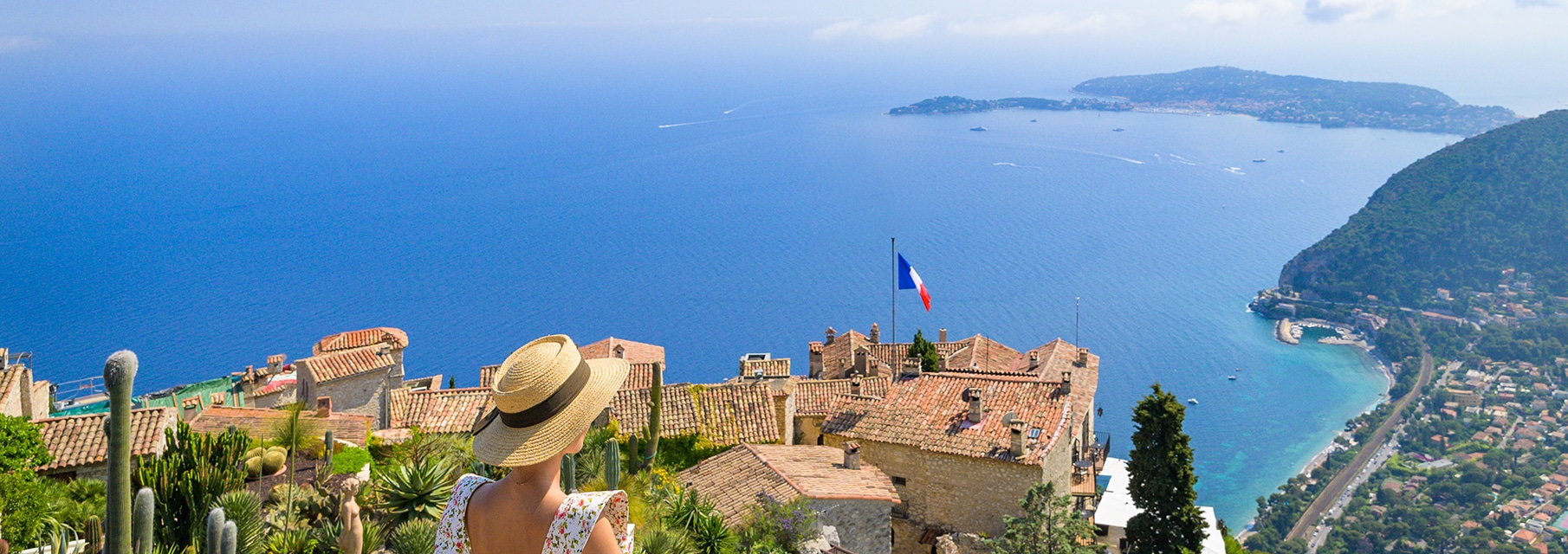Nice Côte d’Azur, autumn flavours
24 October 2023
Chestnuts, saffron, exceptional wines, autumn lends itself to all sorts of flavours in Nice Côte d’Azur.
I have a weakness for mouth-watering products, but I also invite you to discover passionate producers who are eager to share their stories, recipes and know-how.
1 – The Chestnut, fruit of a noble tree
In the heart of the Haut Pays, I set off in search of a fruit that symbolises autumn if ever there was one, the chestnut!
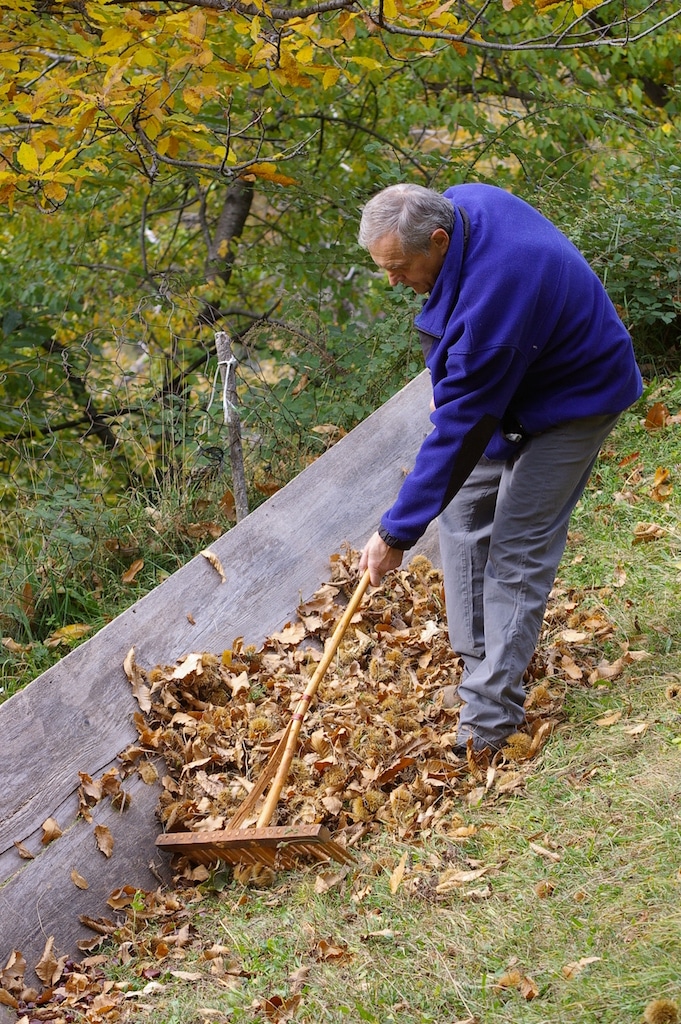
In the valleys of the Tinée and Vésubie, the chestnut groves, once planted almost everywhere between 600 and 900 m in the cooler areas, had disappeared and with them the whole chestnut farming economy.
It was without counting on enthusiasts such as Raymond Gibert who did everything possible to bring them back to life.
Raymond loves chestnut trees, first of all because he knows what the people here owe them. Generations of Isolians (inhabitants of Isola) attached to their land have survived with the help of this tree that some people call the breadfruit tree. Boiled, roasted and made into flour, the chestnut was indispensable for spending the winter months without other crops.
Well adapted to the climate, and requiring little more than humidity and annual pruning, chestnut trees improved the daily lives of the inhabitants of the valleys in the last century.
Chestnuts were used in flour to enrich soups with milk all winter long. They could also be eaten whole, roasted during evening vigils. They were an essential food for life in many villages in the Middle and High Countries. Initially, chestnuts could also be sold, eaten on the spot, and thus contribute to the families’ money supply.
Nourishing tree, its rotproof wood was also used outdoors as well as indoors for boards, stakes, tool handles, it resists very well over time.
Around Isola, the chestnut trees are planted on terraces, each plot being delimited for harvesting by small, low fences that prevent the fruit from falling on the neighbour’s property. Even today, Raymond and his neighbours still pick chestnuts by hand, sometimes with the help of nets.
The Association of Chestnut Grove Owners has built a room equipped for cooking and preparing specialities based on this fruit. Chestnut cream, syrups and sweets are sold under the name “Terres de Châtaignes -Tinée – Vésubie”.
In this way the noble tree lives again, the terraces are planted and maintained again and a peasant economy is rebuilt around this cooperative workshop.
You can find these products at the shop ” Au Goût de Nice ” or at the Coopérative Agricole de Nice.
Sold by the kilo on site, just after harvest, the chestnuts can also be used in cooking.
Did you know?
Chestnut or horse chestnut?
The horse chestnut is the fruit of the tree of the same name and it is toxic. It is often planted in cities, it is an ornamental tree.
Make no mistake, the term sweet chestnut also refers to the improved varieties of chestnuts that bear large fruit used to make chestnut cream.
A little tip for peeling chestnuts: I cut my chestnuts lengthways and then put them in boiling water for 5 minutes. The skin will easily come off. But be careful with your fingers, they are very hot!
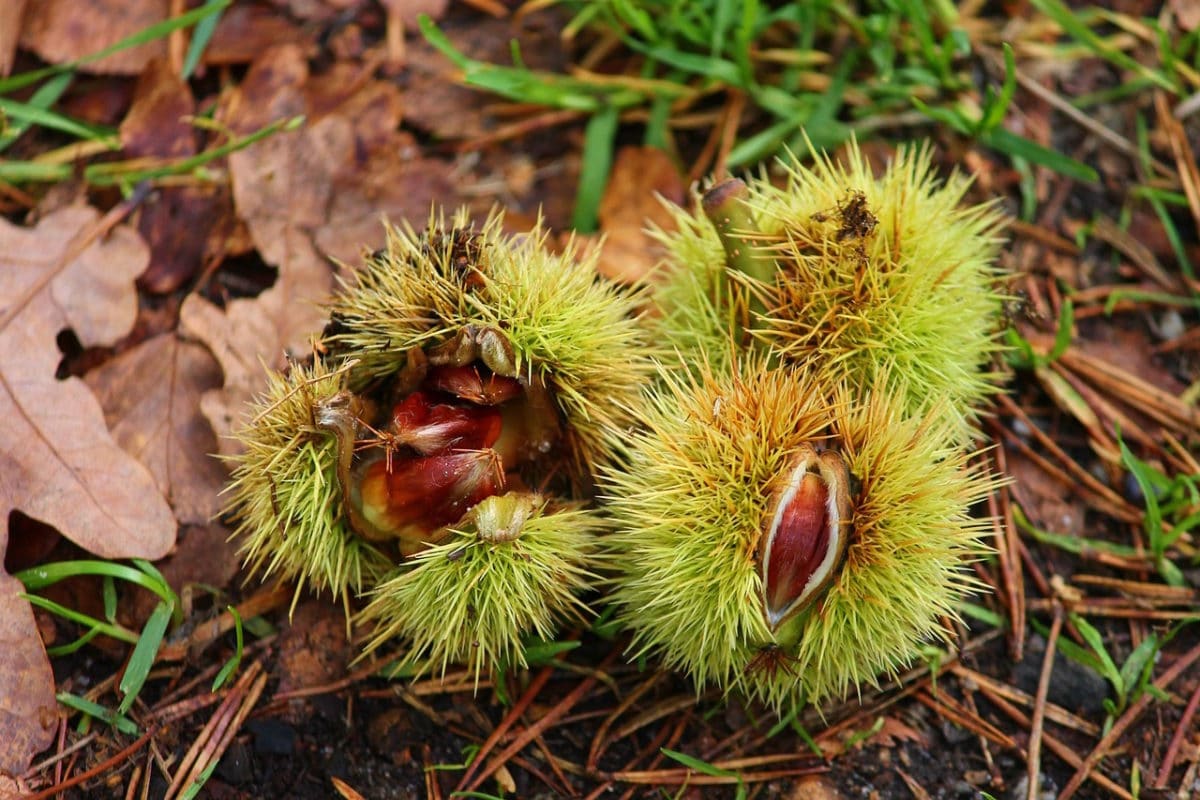
I couldn’t resist testing the recipes proposed by the association in the book: ” La Châtaigne sur le feu ” written with the help of the chef Jean Montagard.
I recommend the chestnut soup Parmentier, a comforting dish for an autumn evening:
For 4 people:
500 g of chestnuts
250 g of potatoes
1 litre and ½ of milk
20 g of vermicelli pasta
Salt and pepper
Peel and hull the chestnuts, remove the skin. Set some aside for garnishing. Cut the others into pieces.
Peel and chop the potatoes. Pour the milk into a pan and add the potatoes and chopped chestnuts. Add salt and cook for 20 minutes at a low boil. Then whisk the soup vigorously.Add the reserved whole chestnuts and 20 g of vermicelli.
Continue cooking for 10 minutes on a low heat.
Serve very hot with a twist of ground pepper and enjoy!
2 – Saffron, an exceptional product
I dreamt of a magical flower, a purple flower that tells us about the end of summer and the beginning of winter. Nature is resting and this is the moment that the saffron flower chose to blossom!
To find out more, I first went under the mild October sunshine to the baou of Saint-Jeannet to meet Erika Rasse and the saffron of the Baous.
First surprise for me, the cultivation of saffron is practiced on small plots of land, here we are talking about hundreds of square meters! It must be said that saffron requires a lot of work, and everything is done by hand. Its harvest is a family affair and takes place from mid-October for 4 to 6 weeks.
Every day, we have to pick the open flowers and then immediately prune them, i.e. detach the pistils to dry them. The good quality of the saffron once dry depends on the speed between picking and pruning, and then on the drying conditions which must be optimal.
Then, two months of maturing in the cellar after the harvest to give the saffron its unique flavour.
Monsieur Safran is demanding: no light, not too much humidity and thus all its aroma will be exalted.
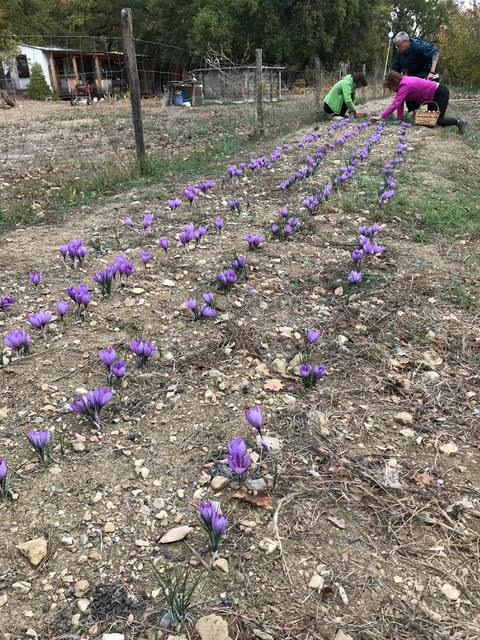
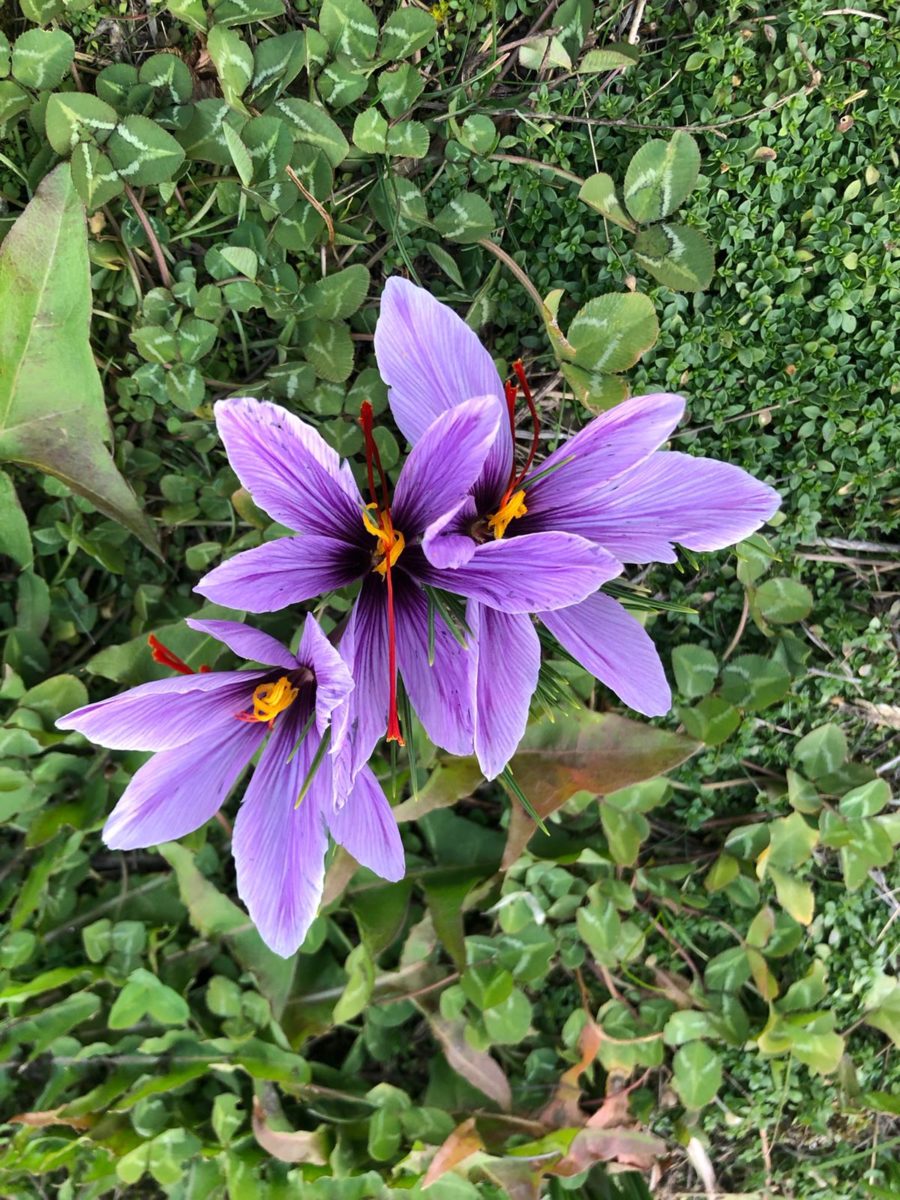
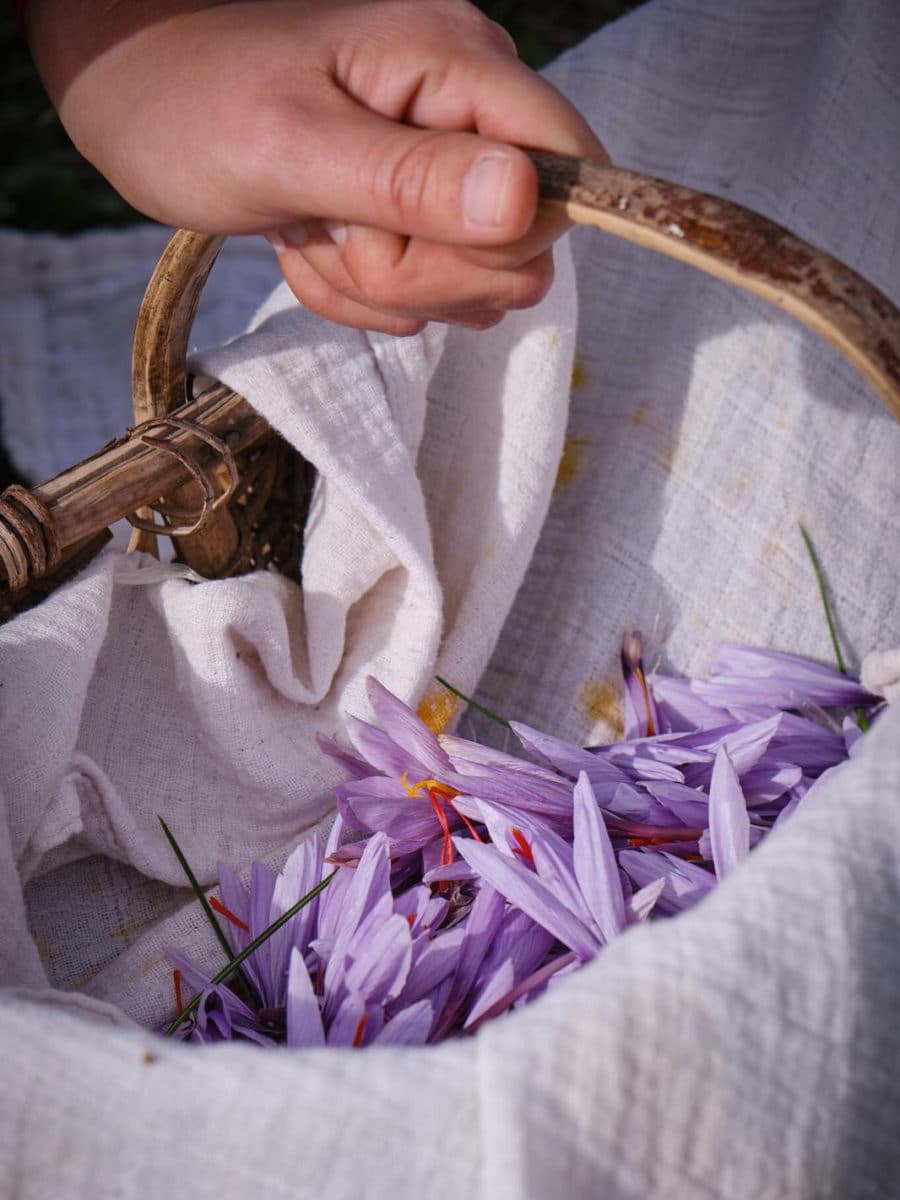
Sold in a glass jar, the dried pistils can be kept for two years, away from light.
I am curious to discover now all the wonders I will be able to do with him in the kitchen!
Erika offers me a simple recipe that brings out all its flavour: an omelette with saffron.
For 4 people:
Salt, Pepper
1 knob of butter
3 tablespoons of milk
4 pistils of saffron
4 eggs
Infuse the saffron in warm milk a few hours before preparation.
When preparing the omelette, beat the eggs as usual, add salt and pepper and add the saffron milk, including the pistils. Cook the omelette in the frying pan as you like and enjoy.
She also recommends an infusion with two to three pistils of saffron, ideal in the evening, very good antioxidant, it also has virtues as a mood regulator and soothing.
In the morning, it goes very well with white tea, for my part I prepare a large mug that accompanies me all morning, very gently.
To taste the saffron of the Baous:
- The Goût de Nice
- The Panier de la Manda
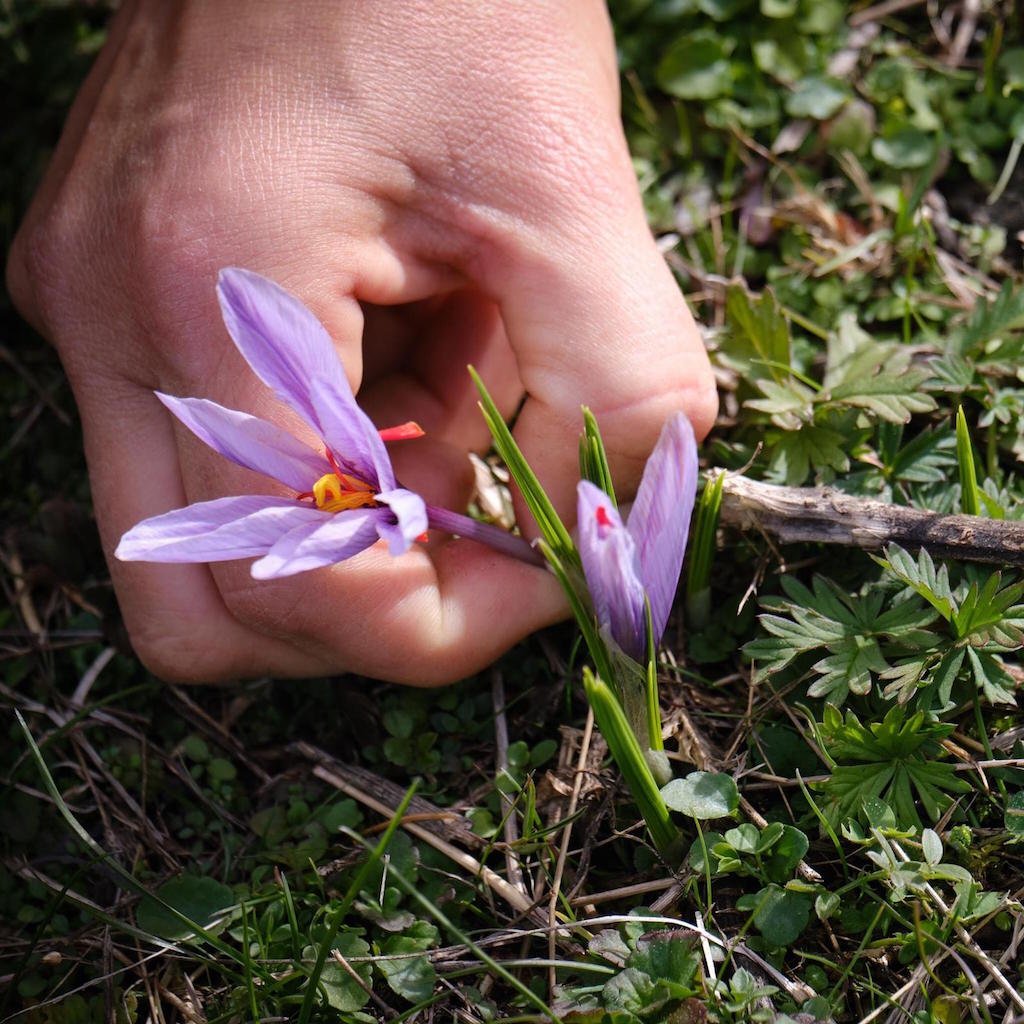
Back in the Haut Pays, I meet Céline and Sébastien. They started producing saffron last year and are currently picking their second crop. Céline confirms that saffron is definitely not a spice like the others, you can never use it directly in dishes. To reveal its aroma there is only one solution, infuse the pistils in water or milk, then use this infusion in your recipes. She is currently working on recipes for jelly and saffron jams that you can find on their website: www.produits-locaux-tinee.fr
Don’t forget, to find a good saffron, you have to go to local producers, the short circuit is a guarantee of quality. Unfortunately this plant attracts all the covetousness and adulterated saffron circulates on the market. No risk by buying it from the producer who planted it, picked it and dried it on the spot in the respect of the plant and its environment!
3 – Saint-Jeannet’s tile : The beautiful story of a unique wine
I set off to discover such a special vineyard, which can only be found in Saint-Jeannet on two estates, those of the Rasse brothers, the Rasse vineyard and the Domaine des Hautes Collines.
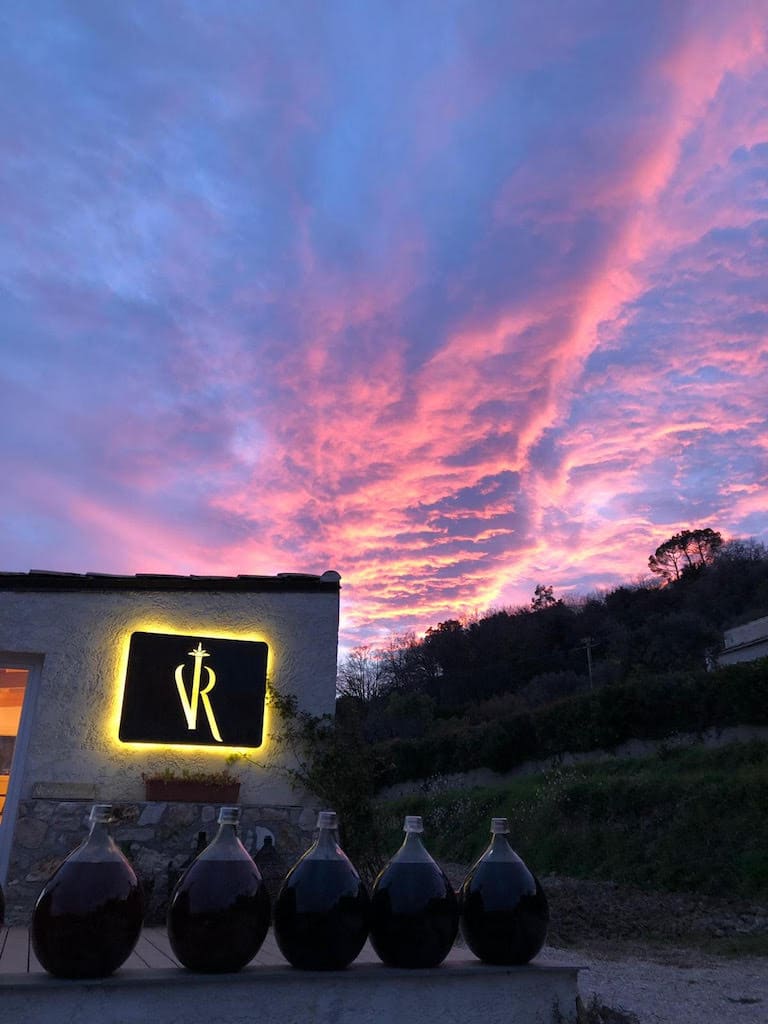
The tradition of Saint-Jeannet has it that here the wine is “tiled” in the sun in glass jars, curiosity not being a bad fault, I wanted to know more…
Well then, we forget everything we know about winemaking before entering the Domaine Rasse in Saint-Jeannet: here the sun does all the work! Transparency, alternation of hot and cold, solar rays, here is the secret of this exceptional wine.
Several months spent outdoors in “dames-jeannes”, a kind of large transparent bottles, are necessary to build up the so particular aroma of the Tuilé, thus avoiding any use of sulphites, preservatives usually used to stabilise the wines.
Denis Rasse confides to me that everything would have started with an absent-mided carpenter. He was working on a rooftop in the village. With him, his bottle of wine for a snack break. He forgets the dame jeanne and doesn’t come back to the building site for several weeks, when he returns, thinking he finds the wine undrinkable, he spills it, a pleasant smell comes out of the container… He tastes and discovers such a particular taste. The process that improves the wine and increases its conservation was therefore born by chance, from a providential oversight!
To discover a Tuilé, nothing beats visiting the estate and tasting it on the spot. You will thus learn how to marry this wine with your dishes and you will enjoy the welcome of the Rasse family who have known how to perpetuate traditions so well.
Taking the time to follow the seasons, working with respect for the environment, such is the philosophy of the Rasse vineyard, and I must confess that I have been convinced, in the heart of this beautiful Baous massif.
All information about visits and tastings can be found here:
https://www.vignoblerasse.fr/
http://vignoblestjeannet.fr/
4 – Wines of Bellet, small vineyard but great qualities!
When I arrived in Nice, I didn’t know them, but their discovery was a revelation, the wines of Bellet really deserve to appear on the best tables.
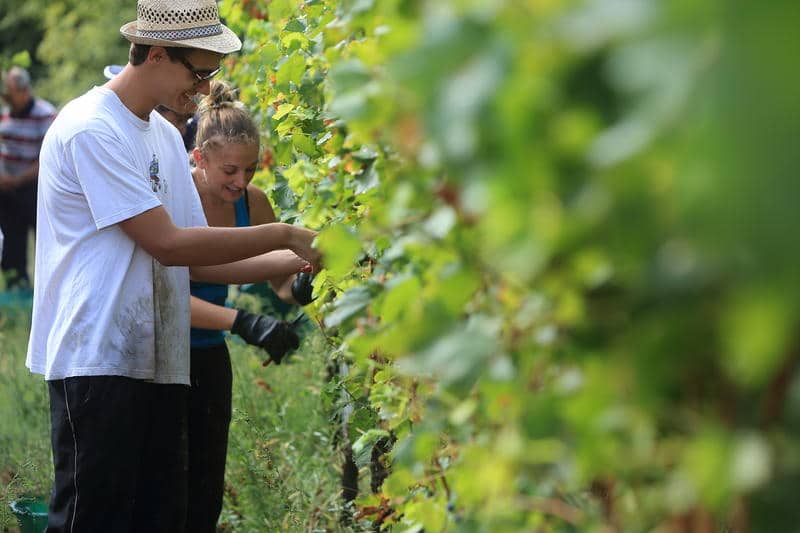
The first time I tasted a wine from Bellet was when I followed the advice of a restaurant owner in the old town of Nice. “You won’t be disappointed” he said to me and I thank him again! It is true that you can find them on the menu of the best restaurants in Nice.
Carried by small passionate producers, the AOC Bellet is entirely produced in organic farming which makes its originality. Château Crémat, Domaine de la source, Domaine de Toasc, Clos Saint Vincent or Château de Bellet, it is on these estates that you can best discover this original vineyard, Nice being the only metropolis to welcome an AOC on its urban territory.
Nestling on the hillsides above the city, on special soil made up of pebble accumulation, the plots benefit from a generous sunshine favourable to the ripening of quality grapes.
Here the Tramontana blows and the winds coming down from the Alpine valleys, all the conditions are met to accommodate single grape varieties such as Folle noire in red or Braquet for the rosés.
Hand-picked, with a low yield, on small terraces, the vines will produce an exceptional wine that goes particularly well with the specialities of the cuisine of Nice.
You can choose: citrus aromas for the whites, which as they age take on more mineral tones, more flowery rosés with rose or even violet, and reds with spicy notes that make good wines for laying down.
To discover these wines, I recommend the visits and tastings offered by the estates. Learning the history of these vineyards, discovering the possible culinary combinations, sharing a convivial moment and enjoying a splendid view from the hills of Bellet is the bet for a unique day!
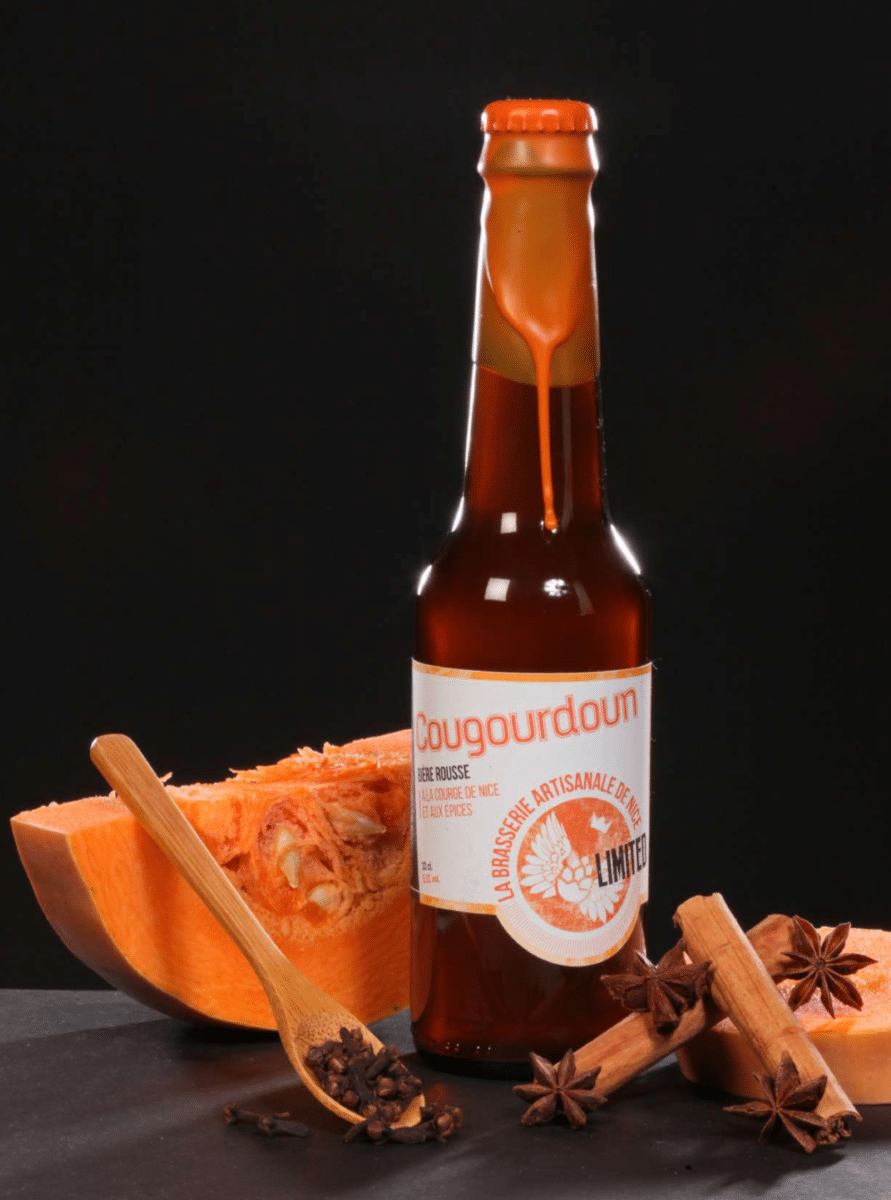
5 – An autumn pumpkin-based beer from Nice
The brasserie artisanale of Nice proposes an autumn beer (Cougourdoun) based on pumpkin, selected ripe at the Liberation market in Nice. The pumpkin is roasted with spices and then added to the brew. It is the long pumpkin of Nice that is used for this beer. A bright red colour, this comforting beer has a gingerbread nose and a balanced flavour and character.
Created in February 2015, the Nice craft brewery perpetuates the gestures and techniques of manual brewing, heated with a flame and without filtration. The entire beer-making process (crushing malts, brewing, fermentation, bottling) takes place in the workshop-boutique.
The beers are made with 100% natural products, combining the best malts and hops, with the use of local products, cultivated by small local producers, such as chickpeas, which are used in the composition of Zytha, the brewery’s emblematic beer, bigarade oranges from the garden or long pumpkin from Nice.
The brasserie artisanale of Nice will be able to seduce you with a know-how always in accordance with a traditional production method.
The shop is open to the public from Tuesday to Friday from 5pm to 7pm, and on Saturday from 10am to 12pm and from 4pm to 7pm.
To rediscover all the flavours of autumn, our contacts :
Le Goût de Nice : 34 Boulevard Jean Jaurès, 06300 Nice –Tél : +33(0)4 97 13 55 80
Coopérative Agricole de Nice : 690, bd du Mercantour (200m après Leroy Merlin) Tél : +33(0)4 93 83 24 65
La coopérative des Baous : 220 Route de Saint-Barnabé 06140 Coursegoules Tél : +33(0)4 93 59 74 78
Le Panier de la Manda : Avenue du Train des Pignes – Quartier la Manda (06670 Colomars) Tél : +33(0)9 67 41 00 54
La Part des Anges : 17, rue Gubernatis – 06000 Nice- Tél : +33 (0)4 93 62 69 80


